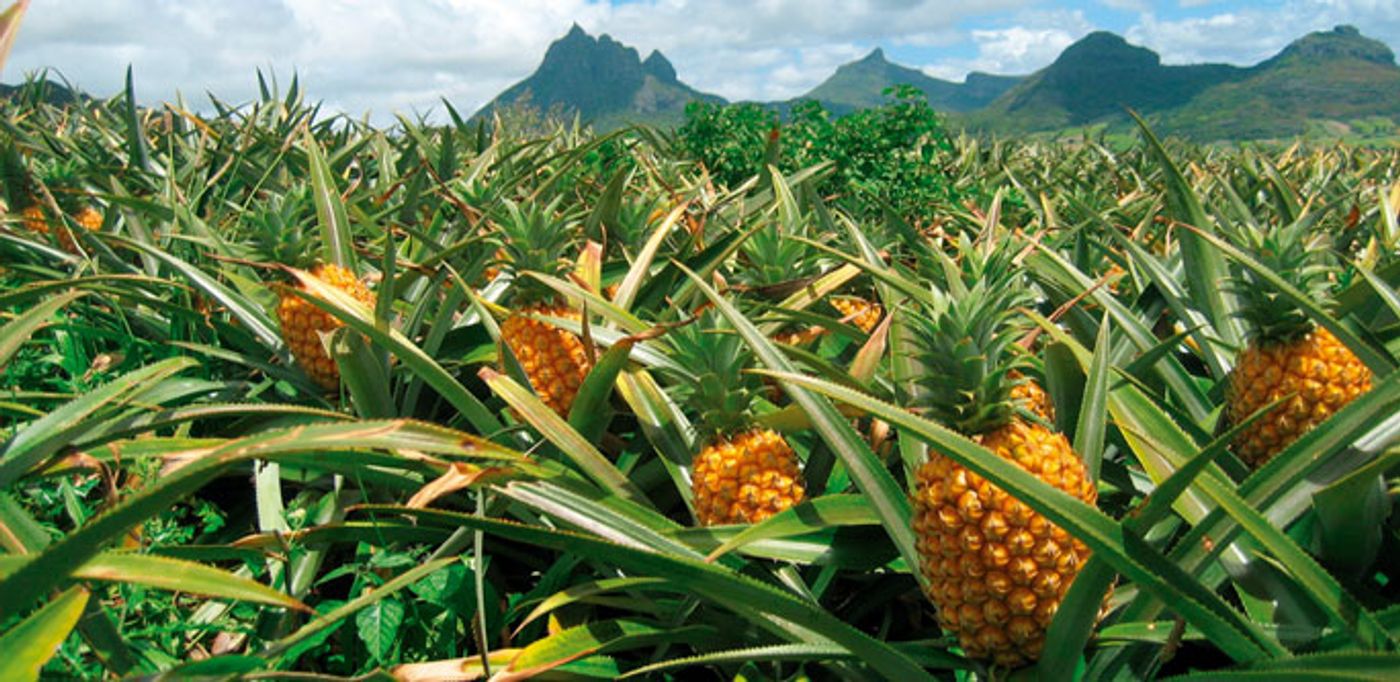Is it possible to bioengineer drought-resistant crops?
If we could bioengineer drought-resistant plants to survive in semi-arid conditions, what would that mean for drought-ridden regions? That is the question that drove scientists at the Department of Energy's Oak Ridge National Laboratory to identify a common set of genes that make certain plants more tolerant to water deficits. The new study was published in Nature Communications.
Water shortages are a real threat to our global population as we continue to cultivate more and more crops to feed a growing population in a warming planet. Because agriculture is the largest consumer of freshwater, scientists are looking at ways to responsibly make crop production more sustainable in its resource use. One such way they’re doing this is through the bioengineering of a water-efficiency process that already occurs in nature, a process called CAM photosynthesis.
CAM, which stands for crassulacean acid metabolism, refers to the method that semi-arid plants (like pineapple) use to conserve water. During the hot day, plants will close their stomata (the pores through which they respire and therefore lose water), only to open them during the cool night to collect carbon dioxide.
"CAM is a proven mechanism for increasing water-use efficiency in plants," co-author Xiaohan Yang said. "As we reveal the building blocks that make up CAM photosynthesis, we will be able to bioengineer the metabolic processes of water-heavy crops such as rice, wheat, soybeans and poplar to accelerate their adaptation to water-limited environments."
Focusing on several flowering semi-arid plant species, including Kalanchoë fedtschenkoi, the scientists sequenced genomes in order to better understand the genetics behind the mechanism. From this analysis, they identified 60 genes in CAM species that are responsible for water conservation. "These convergent changes in gene expression and protein sequences could be introduced into plants that rely on traditional photosynthesis, accelerating their evolution to become more water-use efficient," said Yang.
The researchers anticipate that their investigations will have an even broader impact as well. "Studying the genome of water-efficient plants may also provide insights into a plant's ability to use slightly saline water and maintain growth under higher temperature and lower clean water availability," said Jerry Tuskan, another co-author of the study. "If we can identify the mechanisms for water-use efficiency, we could move this trait into agronomic plants, supply non-potable water as irrigation to those plants and save the clean water for drinking."
Sources: Science Daily, Nature Communications









